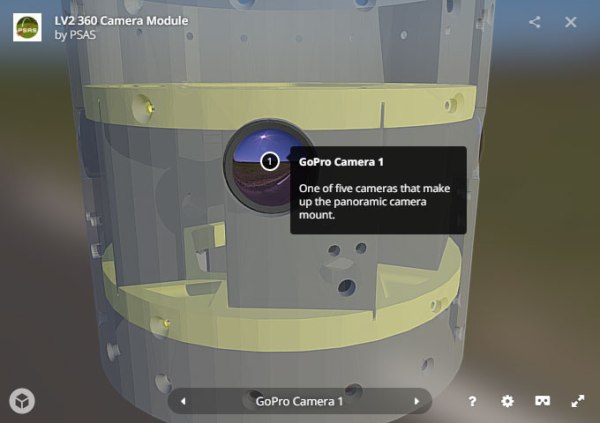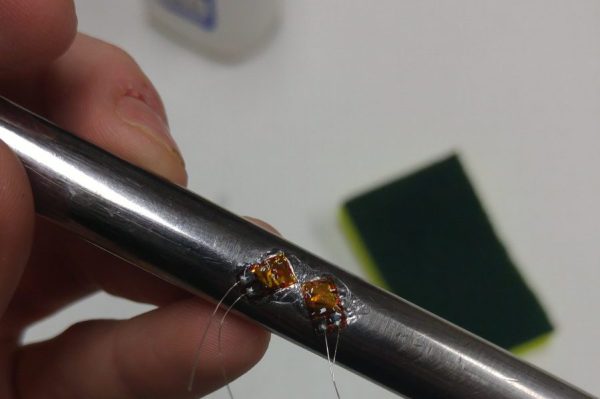Summer is nearly here, and with that comes the preparations for the largest gathering of security researchers on the planet. In early August, researchers, geeks, nerds, and other extremely cool people will descend upon the high desert of Las Vegas, Nevada to discuss the vulnerabilities of software, the exploits of hardware, and the questionable activities of government entities. This is Black Hat and DEF CON, when taken together it’s the largest security conference on the planet.
These conferences serve a very important purpose. Unlike academia, security professionals don’t make a name for themselves by publishing in journals. The pecking order of the security world is determined at these talks. The best talks, and the best media coverage command higher consultancy fees. It’s an economy, and of course there will always be people ready to game the system.
Like academia, these talks are peer-reviewed. Press releases given before the talks are not, and between the knowledge of security researchers and the tech press is network security theatre. In this network security theatre, you don’t really need an interesting exploit, technique, or device, you just need to convince the right people you have one.





















